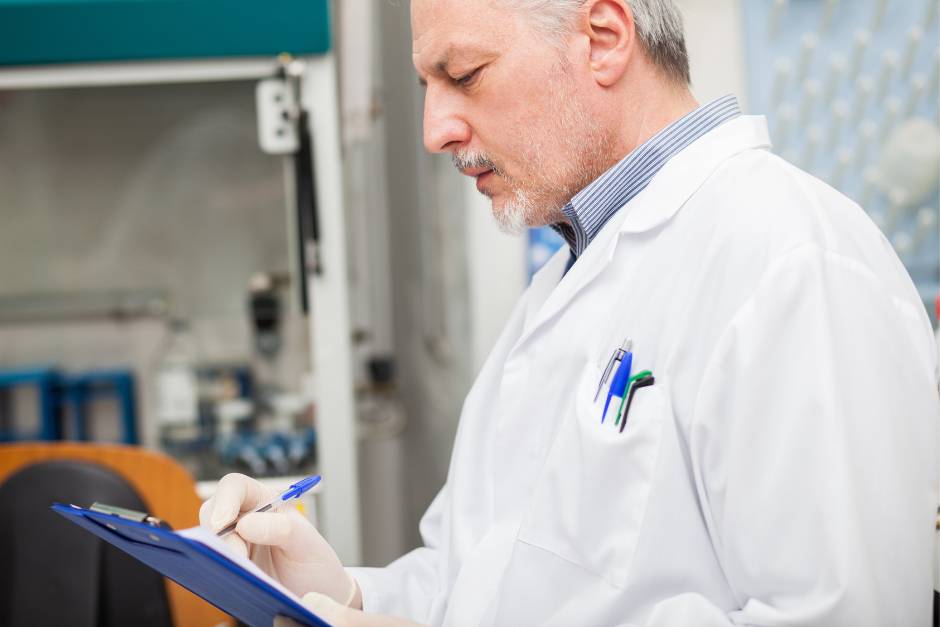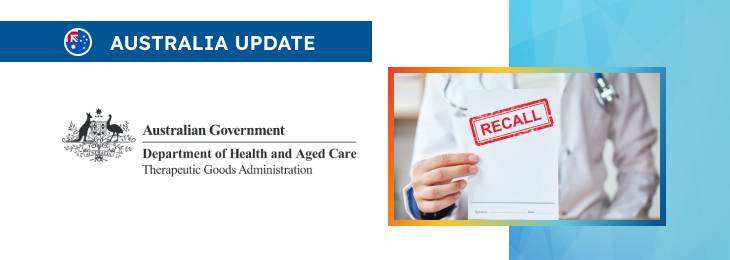The new article describes in detail the first three steps of a recall process, which include obtaining information and distribution status, conducting a risk analysis, and deciding on the type, class, and level of recall.

Table of content
The Therapeutic Goods Administration (TGA), an Australian regulating authority in healthcare products, has published a guidance document dedicated to uniform recall procedures for therapeutic goods (URPTG).
The document describes the relevant procedures in detail and provides additional clarifications and recommendations the parties involved should follow to ensure compliance with the existing legal framework.
The authority also reserves the right to change the guidance and provision thereof, should such changes be reasonably necessary to reflect corresponding amendments to the underlying legislation.
As previously explained by the TGA, initiating recall or non-recall actions is a critical response mechanism when issues are identified with therapeutic goods already distributed in the market.
These actions are vitally crucial for safeguarding public health, necessitating a systematic approach to identifying, evaluating, and addressing potential risks associated with therapeutic goods.
To assist the parties involved in following the relevant regulatory requirements, the guidance provides a detailed step-by-step overview of the recall process.
Step 1: Obtaining Information and Distribution Status
The first step involves collecting comprehensive information about the problematic therapeutic goods and their distribution.
This includes obtaining a detailed description of the goods, the nature of the problem, and the extent of their distribution.
Essential information encompasses details of the notifier, the problem, the goods, extra information, and any commercially sensitive or personal information. This foundational step ensures clarity and efficiency in communicating the issue to customers and regulatory bodies.
As further explained by the authority, understanding the affected goods’ distribution details and stock status is vitally important.
It includes tracking the quantity distributed, the current stockholding, and whether the goods have been exported. This information is necessary for properly managing the recall or non-recall action by precisely identifying the scope of the distribution.

Step 2: Conducting a Risk Analysis
During the second step, a party responsible for a product in question should conduct a proper risk analysis.
A risk analysis aims to thoroughly understand the problem’s nature, its root causes, and its potential impact on product quality and patient safety.
This analysis is vitally essential for deciding corrective and preventative actions. It involves, among other things, a detailed examination of the defect or deficiency, including its potential failure modes, failure rate, how it was identified, any reported patient injuries, and the severity and probability of occurrence.
The risk analysis process is based on the relevant standards and practices, such as ISO 14971 for medical devices and the Code of Good Manufacturing Practice (GMP) for biologicals, blood, and blood components.
Manufacturers are responsible for conducting thorough risk analyses, ensuring the sponsors are satisfied with the conclusions and recommendations (when they are not the manufacturer).
Step 3: Deciding the Type, Class, and Level of Recall
According to the guidance, before proceeding with a recall or determining a non-recall action, a preliminary assessment based on the information from steps 1 and 2 should be conducted.
This assessment helps decide the type, class, and level of recall action required, if any.
During decision-making, a party responsible for the product in question should consider the potential risks to public health and safety and comply with regulatory guidelines and standards.
Furthermore, the parties involved are encouraged to contact the authority as an independent third party for an independent assessment of the risks involved.
This ensures that recall actions are conducted appropriately and that non-recall actions are considered only when they sufficiently address the problem without necessitating a recall.
Conclusion
The authority explains that the initial steps in managing recall or non-recall actions for therapeutic goods are critical for ensuring the safety and efficacy of products in the marketplace. These steps require attention to detail, comprehensive risk analysis, and careful decision-making. By adhering to these procedures, sponsors and manufacturers can effectively mitigate risks associated with therapeutic goods, thereby protecting public health and maintaining compliance with regulatory standards. The document provides an overview of the recall steps, as well as additional clarifications regarding specific aspects to be taken into consideration in this respect.
How Can RegDesk Help?
RegDesk is a holistic Regulatory Information Management System that provides medical device and pharma companies with regulatory intelligence for over 120 markets worldwide. It can help you prepare and publish global applications, manage standards, run change assessments, and obtain real-time alerts on regulatory changes through a centralized platform. Our clients also have access to our network of over 4000 compliance experts worldwide to obtain verification on critical questions. Global expansion has never been this simple.

